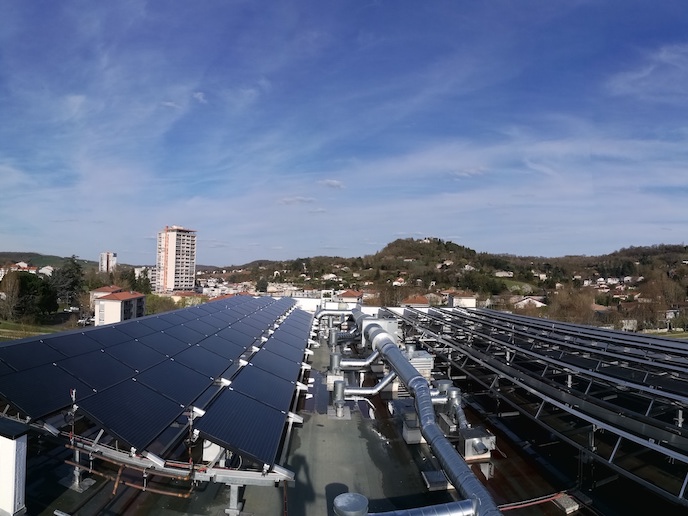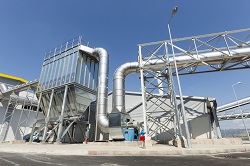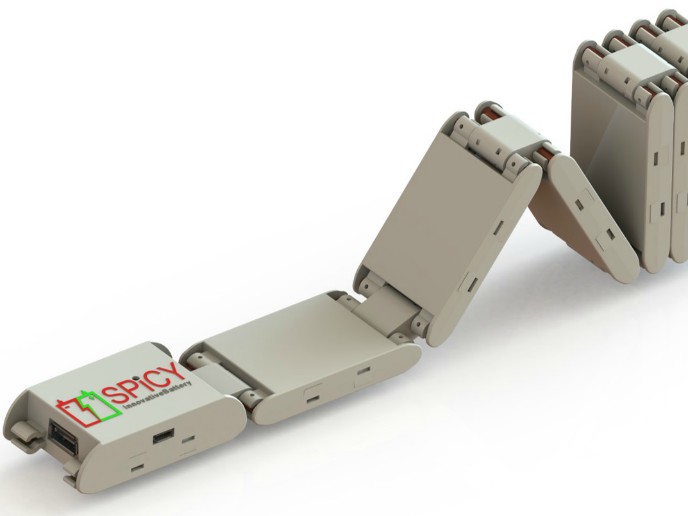Demonstrating the potential of local hybrid energy storage
While renewable energy generated locally in residential buildings or neighbourhoods could benefit congested electricity grids, a significant barrier remains: its intermittent supply, depending on sunshine or wind. The EU-supported SCORES(opens in new window) project investigated advanced systems to store the renewable energy produced by local solar panels, supported by an energy management system. “Using a combination of technologies, adaptable to local markets, we store energy for use when renewables can’t provide it on demand,” explains project coordinator Erwin Giling from the Netherlands Organisation for applied scientific research(opens in new window) (TNO), the project host. The technologies were demonstrated in two buildings, in Austria and France, both connected to power and heat grids.
Powering up the integrated storage solutions
SCORES explored a range of power and heating solutions, experimenting with how components should be integrated and installed in buildings. These included: solar thermal; solar photovoltaic; water- and air-to-air heat pumps; a second-life Li-ion battery(opens in new window) system for electricity storage; a redox heat battery system for heat storage; phase change materials (PCMs) for compact thermal storage; and a well-insulated buffer vessel to store domestic hot water for over a week with minimal loss. The latter innovation led to the creation of Newton Energy Solutions(opens in new window) to commercialise the technology. Based on test data and simulations, the team developed algorithms to drive an energy management system for buildings which connected, controlled and optimised the various technologies to balance supply with consumption. The more innovative technologies were physically demonstrated on a relatively small scale (compared to building scale), while project data was used to simulate systems at full scale.
Net reductions exceed expectations
To set a baseline for the evaluation of the project’s components, a reference case without the project’s innovations was created. “Simulations for the French demonstration building showed that integrating air-to-air heat pump and water-to-water heat pump systems, with photovoltaic thermal as the source, achieved a net reduction of 37.7 % in grid electricity consumption, compared to the reference case. Adding roof-mounted photovoltaic panels increased this to 56 %,” says Giling. Indeed, the team found that including three storage technologies in this simulation – the second-life electrical battery, PCM storage elements and an improved redox heat battery(opens in new window) for heat storage – would lead to net reductions of up to 60 %, if optimised for consumption by the building alone. For the Austrian simulation, the team found using a heat pump alone could already produce a 70 % energy saving. “These reductions were all well above our target of 30 %, even before including any storage technologies,” adds Giling.
Beyond the technologies
The SCORES system offers multiple benefits, including reduced CO2 emissions, energy self-sufficiency and grid stability. The innovations could also spawn improved electric vehicle batteries, as well as help to increase competitiveness and jobs for the European energy industry. Towards this end, SCORES released a series of eight educational videos(opens in new window) providing information about the project’s technologies. Additionally, project partner IPS organised a training course and a seminar on the demo sites, while another partner, EDF(opens in new window), organised a policy workshop. While most of the project’s technologies require further research before commercialisation, the water-to-water heat pumps coupled with photovoltaic thermal collectors(opens in new window) are already available on the market. “For hybrid energy storage systems to gain more acceptance, we need to overcome the barrier of their relatively high initial investment. To do this, governments could offer subsidises and improve laws and regulations. We also must more effectively communicate their advantages to consumers,” concludes Giling.







